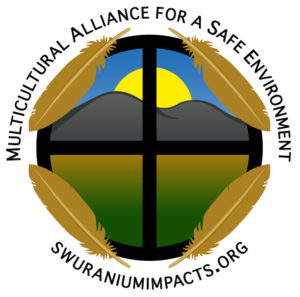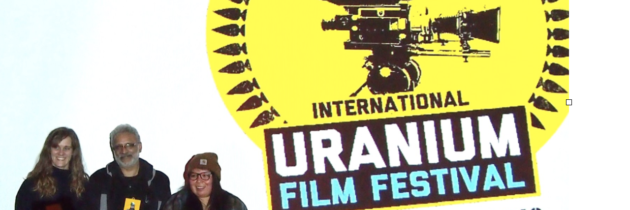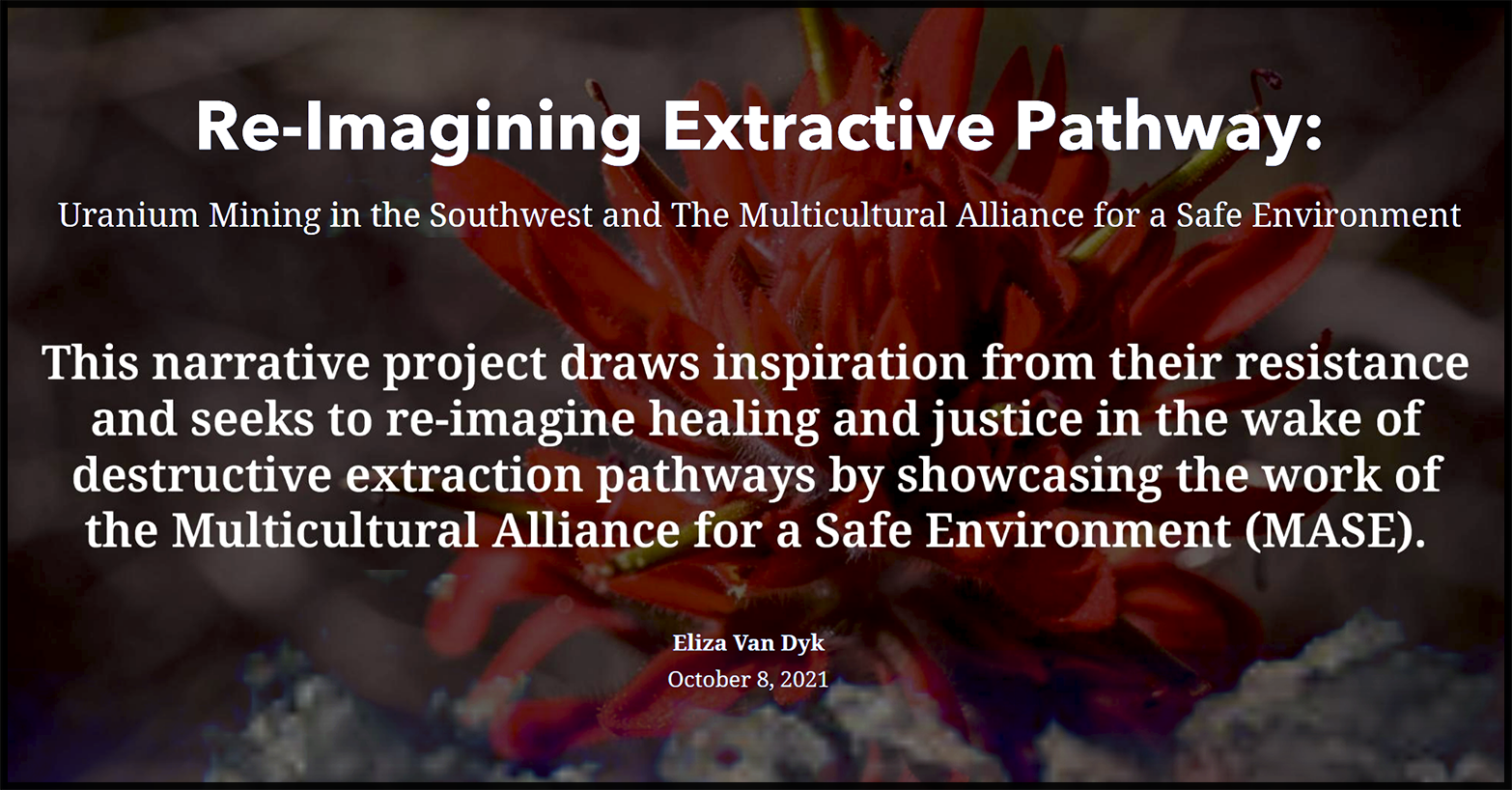Japanese, Navajo share views when it comes to their livestock
By Marley Shebala, Dec 3, 2018
Diné Bureau navajo1@gallupindependent.com
WINDOW ROCK, Ariz. РJapanese cattle farmers may live more than 5,680 miles from the Navajo Nation, but they are connected to the Din̩ people by their fierce love for their livestock.
In the film, “Nuclear Cat tle,” a middle-age Japanese couple recall with a flood of tears the day that they were forced to drive past their cattle and flee for their lives from their cattle farm and home that they built because of the nuclear disaster at the Fukushima Daiichi Nuclear Power Plant.
The husband, who was speaking Japanese, said, “When we were leaving, I couldn’t stop crying. I told them (the cows) I was sorry.”
On March 11, 2011, a major earthquake and tsunami caused Japan’s worst nuclear accident, which involved the disabling of the power supply and cooling of three-Fukushima Daiichi nuclear reactors that melted three nuclear cores in the first three days, forced the evacuation of about 160,000 people, and the death of about 19,000 residents living along the northeast coast of Japan.
‘Nuclear Cattle’
“Nuclear Cattle,” focused on how the deadly aftermath of the disaster impacted cattle, including those owned by the Japanese couple and other Japanese farmers.
There are massive numbers of carcasses of cows that were left tied to stalls in barns. The few cows that are still alive are emaciated and lying on the ground slowly dying. But then the film shows herds of cattle wandering around evacuated residential areas and towns.
The Japanese couple, who have returned to their cattle farm, which is still contaminated by radiation, look at their surviving cattle and remember the day the Japanese government ordered all the cattle farmers to kill their cows that survived. The husband says, “I feel alive when I come home.”
The wife of another Japanese couple that has also returned to their contaminated farm and home to save their cattle, says her husband told her he would not mind if he dies at home with his cattle.
Surviving cattle
A worker on another cattle farm, which became a haven for surviving cows and is called Farm of Hope, says he returned to his work station without the owners because he could not allow the cows that survived the disaster to die from starvation and dehydration.
He also says that even through the Japanese government tells the farmers that their cows are financially worthless, he knows that there is a reason the cows survived and it must be found.
A Japanese professor from a nearby university identified that reason and it was for scientific research so other parts of the world impacted by nuclear contamination will know how it hurts large domesticated animals. But the Japanese government refuses to fund the research and continues to refuse financial support.
Herve Courtois, an International Uranium Film Festival commissioner from France, who watched Nuclear Cattle, which has English subtitles, said the Japanese government refuses to fund the research on their people’s cattle because the government supports the corporations operating the nuclear power plants.
Dana Eldridge attends the International Uranium Film Festival at the Navajo Nation Muse um in Window Rock, Arizona, Thursday. Alma E. Hernandez/Independent
Government revenues
Courtois said the nuclear plants generate revenues for the government, which has also pushed the government to hire a public relations firm to spin lies after lies to their people about the safety of nuclear energy.
He said the government reported to their people that the cattle farmers and other residential areas were being successfully decontaminated by scraping off the surface of the land, bagging the earth and depositing at one of extremely dangerous contaminated cattle farms, which is surrounded by lush green forests and within view of the Fukushima Daiichi nuclear power plants operated by Tokyo Electric Power Company.
But, Courtois said, the government and T.E.P.Co. withhold information about how the radiation has seeped lower into the earth and how they cannot scrape the top soil from the forest areas, which means that when it rains, the runoff re-contaminates the surface.
“Nuclear Cattle” was one of several films shown for free at the Navajo Nation Museum as part of the 2018 International Uranium Film Festival, which started Thursday and ends Saturday night. But if you missed the film festival at the museum, you have a chance to attend the one-day festival at the Native American Cultural Center at Northern Arizona University in Flagstaff, Arizona, Sunday.
The festival will also travel to Grants, Albuquerque, Santa Fe and Tucson, Arizona.
Information: uraniumfilmfestival.org
Thelma Whiskers talks about the White Mesa Mill that has affected her life after a screening of “Half Life: The Story of America’s Last Uranium Mine,” during the International Uranium Film Festival at the Navajo Nation Museum in Window Rock, Arizona, Thursday. Alma E. Hernandez/Independent






